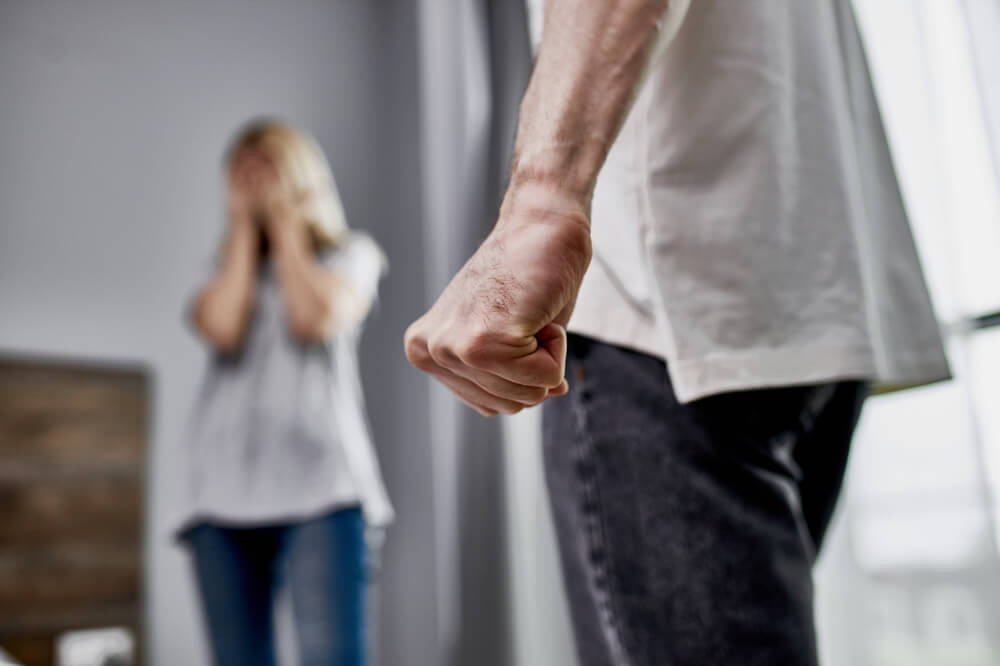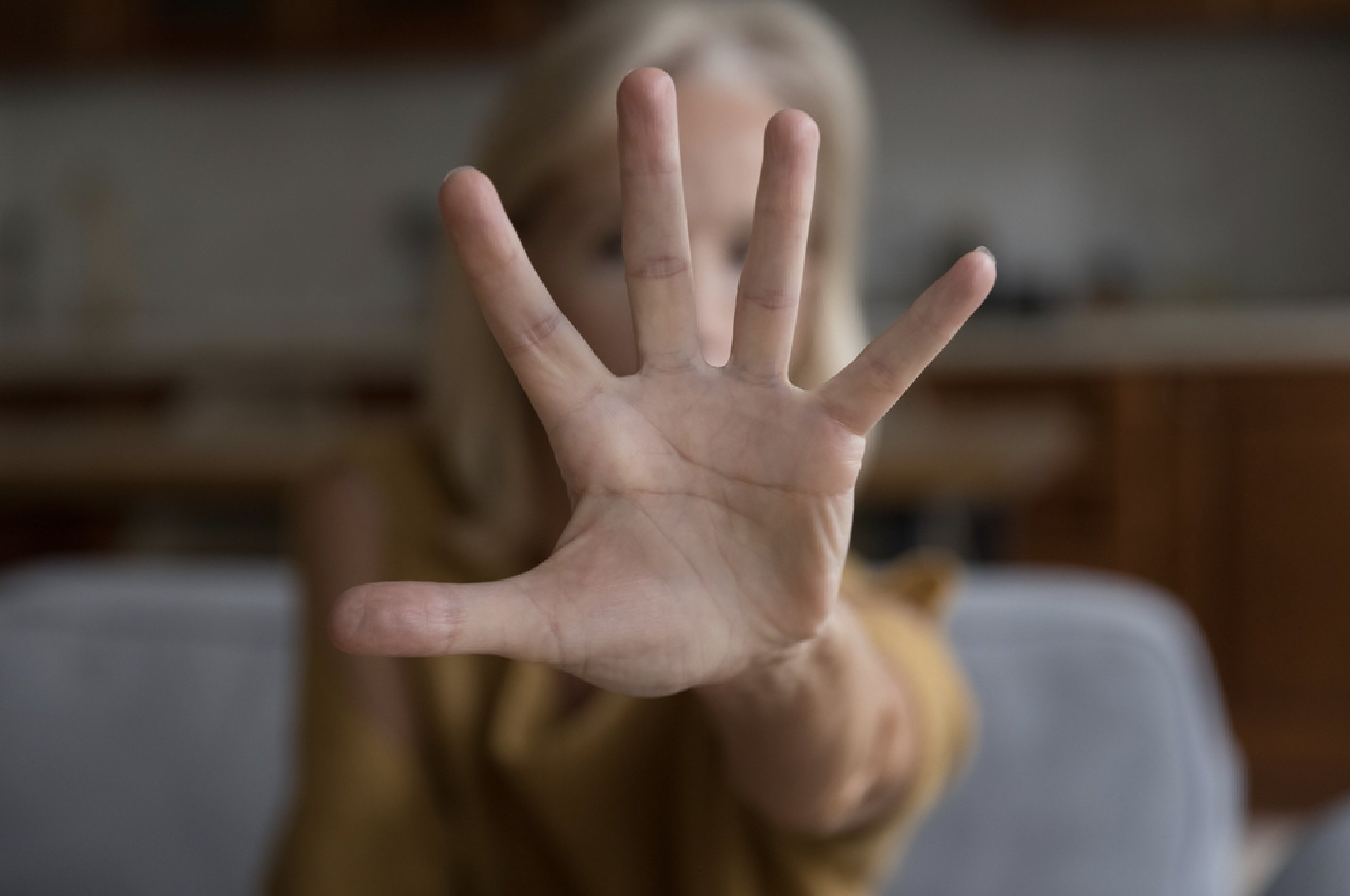Domestic violence, also known as intimate partner violence (IPV), casts a long shadow across the globe, representing a profound public health crisis and a grave violation of human rights. The World Health Organization (WHO) paints a stark picture: a staggering one in three women worldwide have experienced physical or sexual violence inflicted by an intimate partner at some point in their lives. While anyone can be a victim, regardless of gender, age, or socioeconomic standing, women and girls bear the brunt of this violence disproportionately. This blog post delves into the complexities of domestic abuse, exploring its insidious nature, devastating consequences, and the crucial steps we can take – individually and collectively – to foster safer communities and support survivors.
Defining the Unseen Enemy: What Constitutes Domestic Violence?
The Centers for Disease Control and Prevention (CDC) provides a comprehensive definition: domestic violence encompasses any act of physical, sexual, emotional, psychological, or financial abuse perpetrated by a current or former intimate partner. This insidious abuse manifests in various forms:
The Many Faces of Abuse:

- Physical Harm: This ranges from seemingly minor acts like pushing and slapping to severe beatings resulting in serious injury or even death.
- Emotional Manipulation: This includes intimidation, constant belittling, isolation from friends and family, and systematic erosion of self-esteem.
- Sexual Coercion and Assault: Non-consensual sexual acts, forced sexual activity, and controlling behavior surrounding intimacy are all forms of abuse.
- Financial Control: Restricting access to financial resources, preventing employment, or controlling spending creates dependence and limits escape options.
- Stalking and Surveillance: The constant monitoring and tracking of a victim’s movements instills fear and severely restricts their freedom.
It’s crucial to remember that domestic violence is not solely defined by physical injury. The long-term psychological trauma inflicted through controlling and harmful behaviors can leave lasting scars, impacting mental health and overall well-being for years to come.
Recognizing the Warning Signs: Identifying Domestic Abuse
Early intervention is critical in protecting potential victims. The National Coalition Against Domestic Violence (NCADV) highlights several key warning signs that should raise concerns:

Red Flags to Watch For:
- Unexplained Injuries: Frequent bruises, injuries, or a pattern of “accidents” may indicate underlying abuse.
- Social Isolation: A sudden withdrawal from friends, family, or work could be a sign of control exerted by an abuser.
- Behavioral Changes: Dramatic shifts in personality, appearance, or demeanor might signal a victim’s struggle.
- Controlling Behavior: Constant checking in, excessive monitoring, and dictatorial decision-making are all red flags.
- Fear and Anxiety: Observe if the individual exhibits apprehension when discussing their partner or appears fearful in their presence.
Remember, approaching these situations with empathy and understanding is paramount. Victims often face significant emotional and practical barriers preventing them from leaving abusive relationships.

The Devastating Ripple Effect: Health and Social Impacts of Domestic Violence
The consequences of domestic violence are far-reaching and deeply impactful, affecting every aspect of a survivor’s life:
A Cascade of Negative Consequences:

- Physical Injuries: The physical harm inflicted can range from minor bruises to life-threatening injuries and permanent disabilities.
- Mental Health Challenges: Victims often grapple with depression, anxiety, post-traumatic stress disorder (PTSD), and suicidal ideation.
- Chronic Health Problems: Prolonged exposure to stress can manifest as gastrointestinal disorders, reproductive health issues, and substance abuse.
- Socioeconomic Instability: Job loss, housing insecurity, and financial dependence further complicate the victim’s situation, limiting their ability to escape.
- Impact on Children: Children witnessing domestic violence are at increased risk of developmental delays, behavioral problems, and perpetuating the cycle of violence in their own lives.
Seeking Justice and Support: Legal Protections and Available Resources
Numerous countries have established legal frameworks and support systems to protect victims of domestic violence:
Avenues to Safety and Support:

- Restraining Orders: Emergency protection orders can provide immediate legal recourse and a measure of safety.
- Victim Support Services: Shelters, hotlines, and counseling services offer crucial support and guidance to survivors.
- Legal Aid and Advocacy: Legal assistance ensures victims have access to the justice system and navigate complex legal processes.
- Mandatory Reporting: Medical providers and other professionals often have a legal obligation to report suspected cases of abuse.
The Violence Against Women Act (VAWA) in the United States and the Istanbul Convention in the European Union are just two examples of landmark legislation striving to combat domestic violence.
Building Safer Communities: Collective Action to End the Violence
Addressing domestic violence requires a multifaceted approach, involving individuals, institutions, and communities working together:

Strategies for Community-Wide Change:
- Education and Awareness Campaigns: Public education is essential to challenge harmful societal norms, promote healthy relationships, and increase knowledge about available resources.
- Training for Professionals: Law enforcement, healthcare workers, educators, and social workers need specialized training to identify and respond effectively to domestic violence.
- Safe Spaces: Schools, workplaces, and community centers should provide supportive and secure environments for survivors.
- Bystander Intervention: Encouraging individuals to intervene when they witness abusive behavior can be life-saving.
The Digital Landscape: Opportunities and Challenges
Social media presents a double-edged sword in the fight against domestic violence. While offering a powerful platform for raising awareness and connecting survivors to resources, it also carries risks:
Navigating the Digital World Responsibly:
- Verification and Fact-Checking: Sharing only verified information from reputable sources is crucial.
- Avoiding Graphic Content: Sensationalized or graphic images can be retraumatizing for survivors and violate content guidelines.
- Resource Links: Include contact information for hotlines and support organizations.
- Responsible Hashtag Use: Amplify awareness without sensationalizing or trivializing the issue.
A Global Perspective: Progress and Persistent Challenges
The COVID-19 pandemic exacerbated the issue of domestic violence globally, with many countries experiencing a surge in helpline calls and shelter usage, as reported by UN Women. Despite increased awareness, significant disparities persist in access to justice, support services, and survivor-centered policies, particularly within marginalized communities. Global initiatives like the UNiTE Campaign and the #16Days of Activism highlight the ongoing need for stronger protections and comprehensive strategies.
Conclusion: A Shared Responsibility
Domestic violence remains a pervasive global crisis demanding urgent and compassionate action. From fostering education and advocating for policy change to offering individual support, we all have a crucial role to play in ending this violence and building safer, more equitable communities for everyone. Let’s work together to ensure safety and dignity for all.
